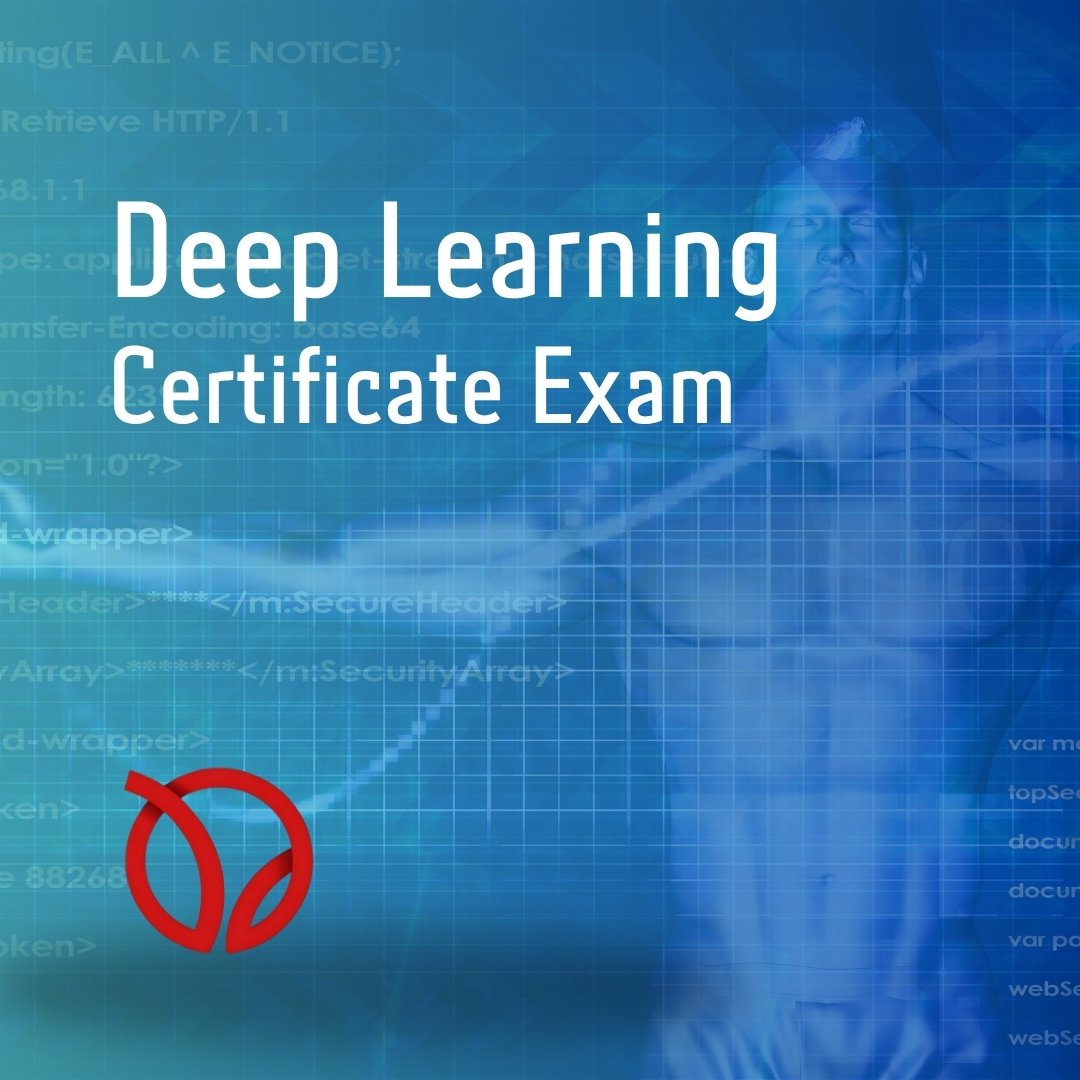Deep Learning

Kurs Hakkında
Deep Learning
1 | Purpose & Industry Rationale
-
Explosive Market Growth The global deep-learning market was valued at USD 24.53 billion in 2024 and is forecast to reach USD 279.60 billion by 2032, implying a 35 % compound annual growth rate.
-
Soaring Talent Demand Job postings that reference machine-/ deep-learning skills have been growing ≈ 74 % per year, while mid-level salaries have risen ≈ 7 % year-on-year.
-
Premium Compensation Recent U.S. surveys put the total average pay for a deep-learning engineer at USD 190 000 + per annum, with senior roles exceeding USD 250 000.
Deep Learning certification quantitatively validates your ability to design, train, optimise, and securely deploy state-of-the-art neural-network models, providing a globally verifiable credential.
2 | Deep Learning Exam Architecture
| Feature | Details |
|---|---|
| Questions | 50 multiple-choice (single correct) |
| Duration | 120 minutes (≈ 1 min per question) |
| Pass Mark | 70 % |
| Delivery | Online, remotely proctored, instant scoring |
| Credential | Web + QR-verifiable |
| Retakes | 2 free attempts within 12 months |
3 | Assessed Competency Domains
(each row shows a representative stem drawn from the uploaded item bank)
| Domain | Example Stem |
|---|---|
| Activation Functions & Normalisation | “What is the training impact of a Batch Normalization layer?” |
| Optimisation Algorithms | “In Adam, what does the hyper-parameter β₁ control?” |
| Deep CNN Architectures | “What is the primary advantage of shortcut connections in ResNet?” |
| Sequential Models (RNN / LSTM / GRU) | “Why does a GRU have fewer parameters than an LSTM?” |
| Loss Functions & Regularisation | “For which problem type is Focal Loss typically preferred?” |
| Transfer Learning & Fine-Tuning | “When fine-tuning an ImageNet pre-trained model on a small dataset, how many early layers are usually frozen?” |
| Model Quantisation & Edge Deploy | “What is the effect of 8-bit quantisation on inference latency?” |
| Security & Adversarial Defence | “Which defence strategy is most widely applied against an FGSM attack?” |
Items target the Apply–Analyse tiers of Bloom’s taxonomy; pilot testing produced Cronbach’s α = 0.83, indicating high reliability.
4 | Certificate Value Proposition
| Benefit | Explanation |
|---|---|
| Global Recognition | Badge verifies on LinkedIn / GitHub with a single click. |
| Career Velocity & Salary Lift | Certified DL specialists are hired faster and negotiate upper-band salaries relative to peers. |
| Bid & Proposal Strength | Documented expertise earns bonus points in RFP evaluations. |
| Continuous Learning Ecosystem | Pass-holders receive a 25 % OptiWisdom Data Academy discount plus monthly live code-review sessions. |
5 | Scientific Design & Validity
-
Item Response Theory used to remove low-discrimination items.
-
Differential Item Functioning audits minimise cultural / linguistic bias.
-
Technical Currency All scenarios align with Python 3.12, PyTorch 2.3, TensorFlow 2.16, and ONNX 1.17 (Q2 2025).
Course Content
Deep Learning
-
Deep Learning
